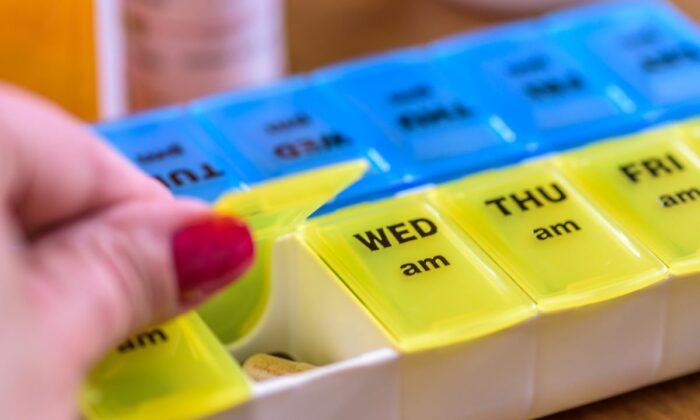With maths standards declining in Australian schools for the past two decades, one expert believes the key to fixing this problem is dealing with something called “maths aversion.”
Laura Tuohilampi of at UNSW’s School of Education and author of new book “Seriously Fun Maths”, has spent the past 17 years in Finland and Australia working with students and teachers to make maths more relevant to everyday life.
In her experience, children often become disengaged with maths and form the view that the subject is only suited to a particular type of person, which is then reflected in the language and beliefs they take into adulthood.
“Think how often you might hear someone say, ‘I’m not a maths person’, yet everyone uses the same critical thinking skills that you need to solve problems in maths in your everyday life,” she said in a press release from the University of New South Wales on July 20.
“In reality, the largest group of people actively using maths are the people who think they’re no good at it.”
Tuohilampi gives examples of adjusting recipe ratios for more or fewer people, using probability to consider the weather forecast and whether to sneak in a load of washing, or using multiplication to determine which checkout queue is quicker.
According to the Programme for International Student Assessment (PISA): “Performance in mathematics has been declining since 2003 in Australia.”
The maths curriculum doesn’t need to be revolutionised, Tuohilampi said, but rather supplemented in order to prevent maths aversion from taking root, while appealing to the natural sense of wonder and curiosity of children is key.
“Many people who say they’re no good at maths or have a negative experience of it get excited when faced with a problem that calls on their mathematical reasoning,” she said.
“When we solve real life problems—like for example, estimating the volume of furniture when booking storage space—maths aversion does not exist.”

Sparking Curiosity
Tuohilampi explains that there are two reasons why maths is not being taught in a way that “lights this spark that’s in us all.”“First, we don’t believe it can be done, and second, we don’t have good examples showing how,” she said.
Therefore, a good place to start is introducing what she calls “rich maths learning exercises” into a teaching plan, whereby teachers ask kids to put their heads together to solve open-ended problems that may have more than one entry point and potentially more than one answer.
“When we talk about rich maths learning, it’s not just an exercise to find the right answers, but also kids’ reasoning skills get a workout while rationalising about their experiences of the world,” she said.
“They start to trust in their own thinking processes, which is very much needed for competency later on.”
Tuohilampi doesn’t believe open-ended maths problems related to the real world should replace the theoretical maths taught in school, but stresses that supplementing the traditional syllabus with stimulating problems can reignite kids’ interest.
“From my research, we were able to show that a good balance is to give just one lesson per month for these kinds of rich maths problems,“ she says.
“Teachers struggle with their students being unmotivated and disengaged. But when you give them these kinds of challenges every once in a while, you allow them permission to start appreciating maths and they appreciate the conventional tasks more.”
In 2017, Tuohilampi published a book in Finland titled “Maths Hunger,” which challenges the way maths is taught.
Her new book—“Seriously Fun Maths”—will be launched this week for Australian teachers. The book contains activities for primary and lower high school students designed to get them to reflect on their problem-solving skills, as well as generate mathematically inspired discussions.
“The book is designed to help teachers increase students’ engagement without taking time from traditional content teaching,” Tuohilampi said.





